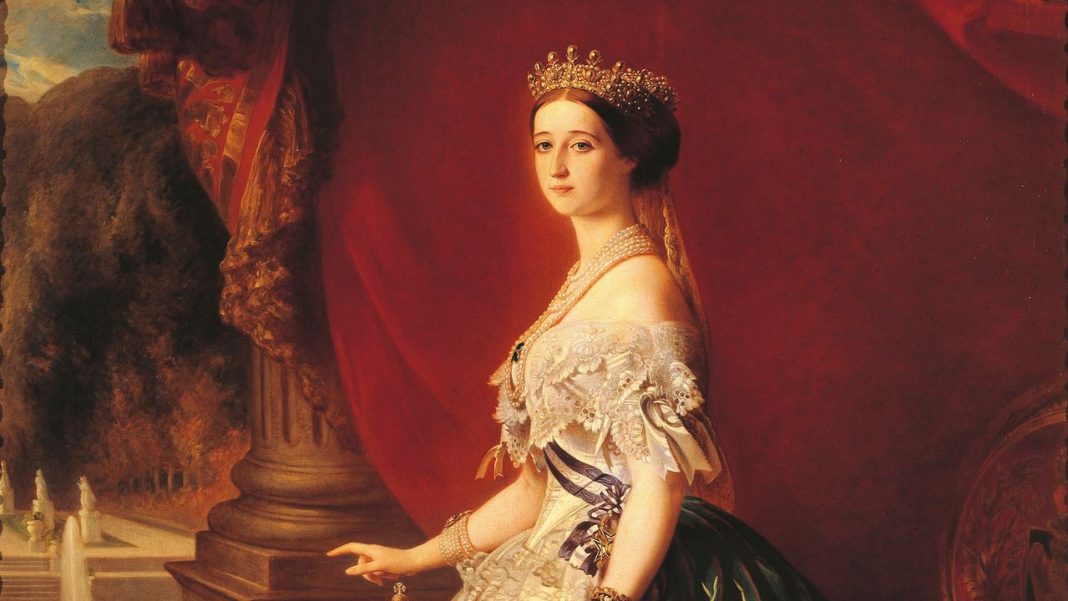Paris’s Louvre Museum has always been a cultural touchstone, but a seven-minute raid on the centuries-old art institution over the weekend has inspired frenzied conversation the world over.
At about 9:30 a.m. CET on Sunday, two people (both with their faces hidden) used power tools and a truck-mounted crane lift to break into the Galerie d’Apollon—which houses many of France’s crown jewels—through a window. The thieves then made off with nine priceless items, according to France’s Ministry of Culture. In a statement, French president Emmanuel Macron called the robbery “an attack on a heritage that we cherish because it is our history.”
This isn’t the first time the Louvre has been burglarized. Leonardo da Vinci’s Mona Lisa was stolen from the museum in 1911 by Italian handyman Vincenzo Peruggia and recovered two years later in Florence; in 1976, three thieves managed to make off with a diamond-encrusted sword once used at the 1824 coronation of King Charles X; and seven years later, two pieces of ornate 16th-century Milanese armor donated by the Rothschild family went missing, only surfacing again in 2021. After a landscape by French painter Jean-Baptiste-Camille Corot titled Le Chemin de Sèvres was stolen directly from the wall it hung on in 1998, the Louvre’s security system was significantly updated—making this weekend’s theft all the more shocking.
“Everybody in the jewelry world is just completely stunned by this,” says Vogue contributing editor and resident jewelry expert Lynn Yaeger. “There have been a lot of gangs stealing jewelry in Paris and elsewhere, but I would say this is as major as the 1911 Mona Lisa heist. The whole thing is very dispiriting.”
But what, exactly, was taken on Sunday—and where could the loot be going? Here’s everything we know so far about the pieces at the center of what is already being called the theft of the decade.
What was stolen from the Louvre, exactly?
The Ministry of Culture confirmed that the stolen jewels included a necklace and earrings that were a wedding gift from Napoleon to his second wife, Empress Marie-Louise of Austria, in 1810; a necklace, earrings, and tiara from from the Queen Marie-Amélie and Queen Hortense collection; and a brooch, bodice bow, and tiara from the collection of Empress Eugénie.
In a bit of good luck, the tiara belonging to Empress Eugénie was one of two stolen pieces found at the scene, suggesting that the thieves may have lost them while escaping.
Who were the royals whose jewels were stolen?
Empress Eugénie, or Eugénie de Montijo—the wife of Napoleon III whose role as the Bonaparte dynasty’s arbiter of fashion and collaboration with the pioneering English couturier Charles Frederick Worth changed the course of sartorial history—was known for her grand and iconoclastic taste. The fashion journalist and critic Alexander Fury credits Eugénie not only with introducing the color empress blue to the world but also with helping to popularize Louis Vuitton trunks.
#Story #Priceless #Pieces #Targeted #Louvre #Heist






